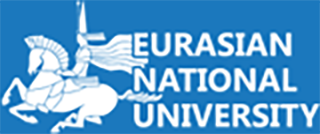Abstract
Plate-like Bi4Ti3O12 templates were synthesized through the molten salt method using TiO2 nanostructures. The effect of sintering temperature on the structure, morphologies, and dielectric properties of Bi4Ti3O12 templates was investigated. Experimental results showed that the single-phase Bi4Ti3O12 templates were successfully obtained within a temperature range of 950–1050 oC. With increasing sintering temperature, the plate-like Bi4Ti3O12 templates were formed with the average length of the particles increasing and reaching a maximum value of 9.5 µm at 1050 °C before decreasing. The grain size followed a gradual spreading mechanism, where the Bi4Ti3O12 nuclei diffused to the growth steps, forming larger plate-like particles and eventually Bi4Ti3O12 templates. In addition, Bi4Ti3O12 templates sintered at 1050 °C demonstrated superior performance, with a high dielectric constant of 595 and low dielectric loss of 0.042 compared to the other samples. This performance aligns with their degree of orientation, relative density, and grain size development. Experimental findings further revealed that Bi4Ti3O12 possesses potential for ferroelectric properties, with a remanent polarization of 6.9 µC/cm2. These results provide valuable insights for selecting orientation templates to fabricate textured ceramics.
Article Type
Original Study
First Page
84
Last Page
92
Recommended Citation
Tu, Le Tran Uyen and Vuong, Le Dai
(2024)
"Utilizing TiO2 nanostructures to synthesize plate-like Bi4Ti3O12 templates via molten salt method,"
Eurasian Journal of Physics and Functional Materials: Vol. 8:
No.
2, Article 4.
DOI: https://doi.org/10.69912/2616-8537.1190

